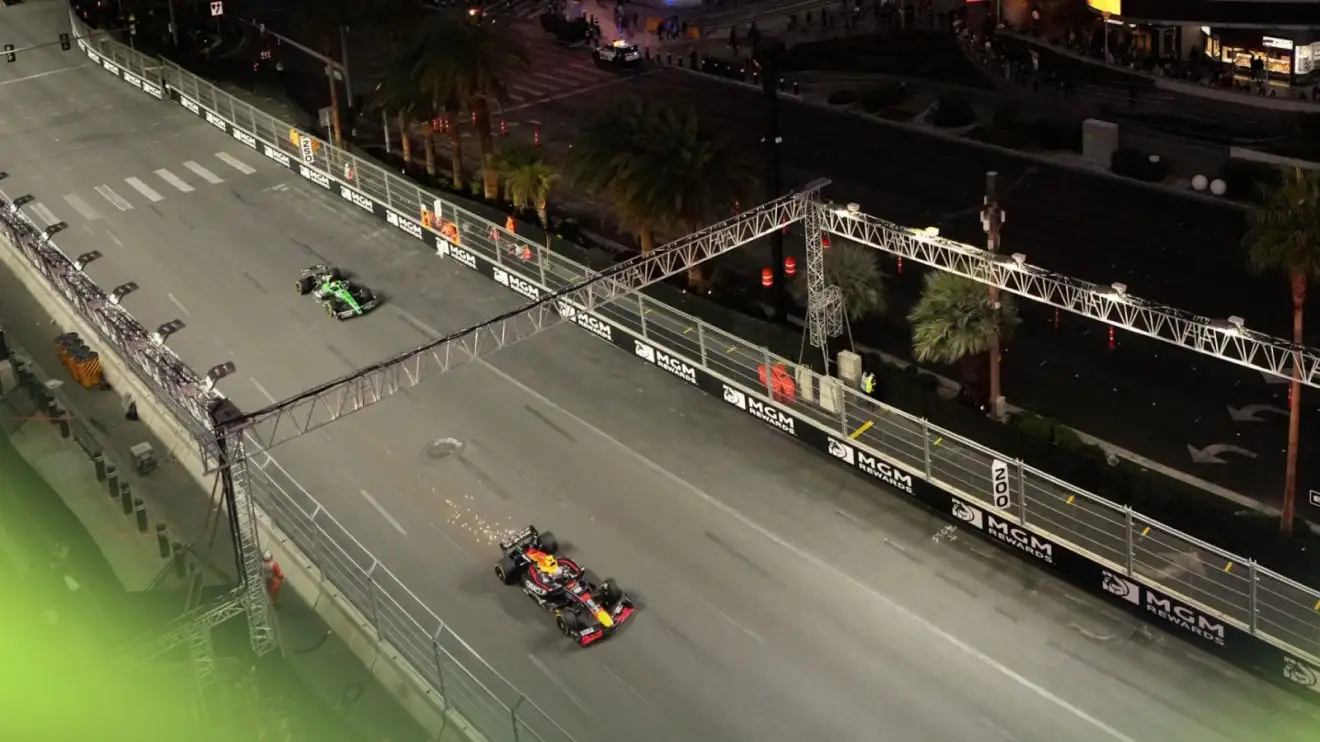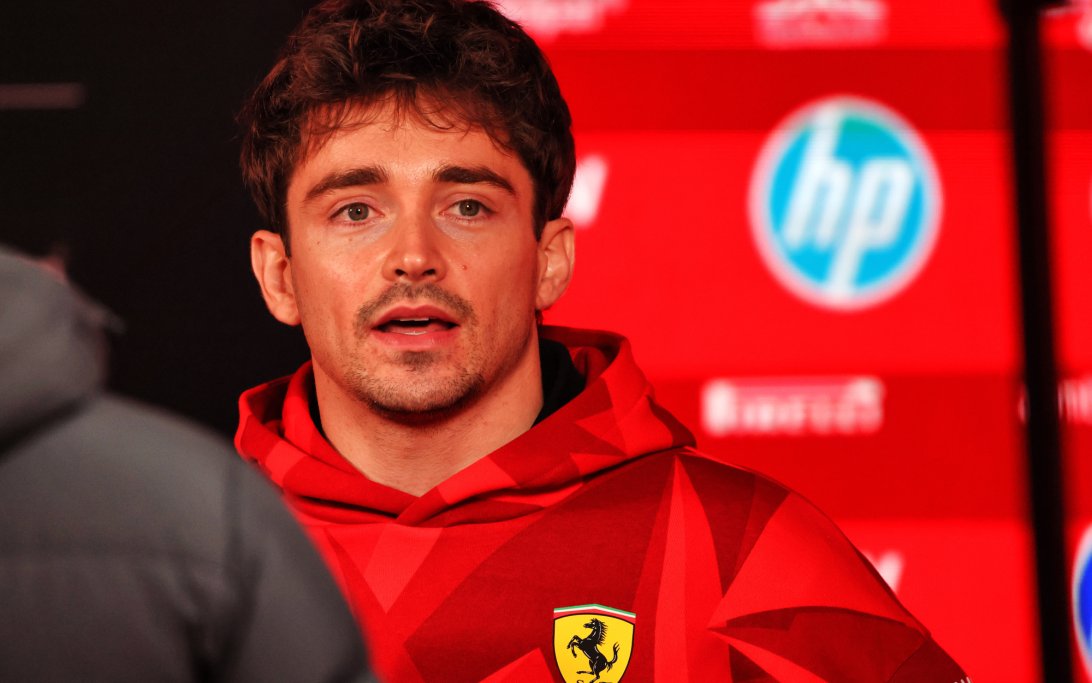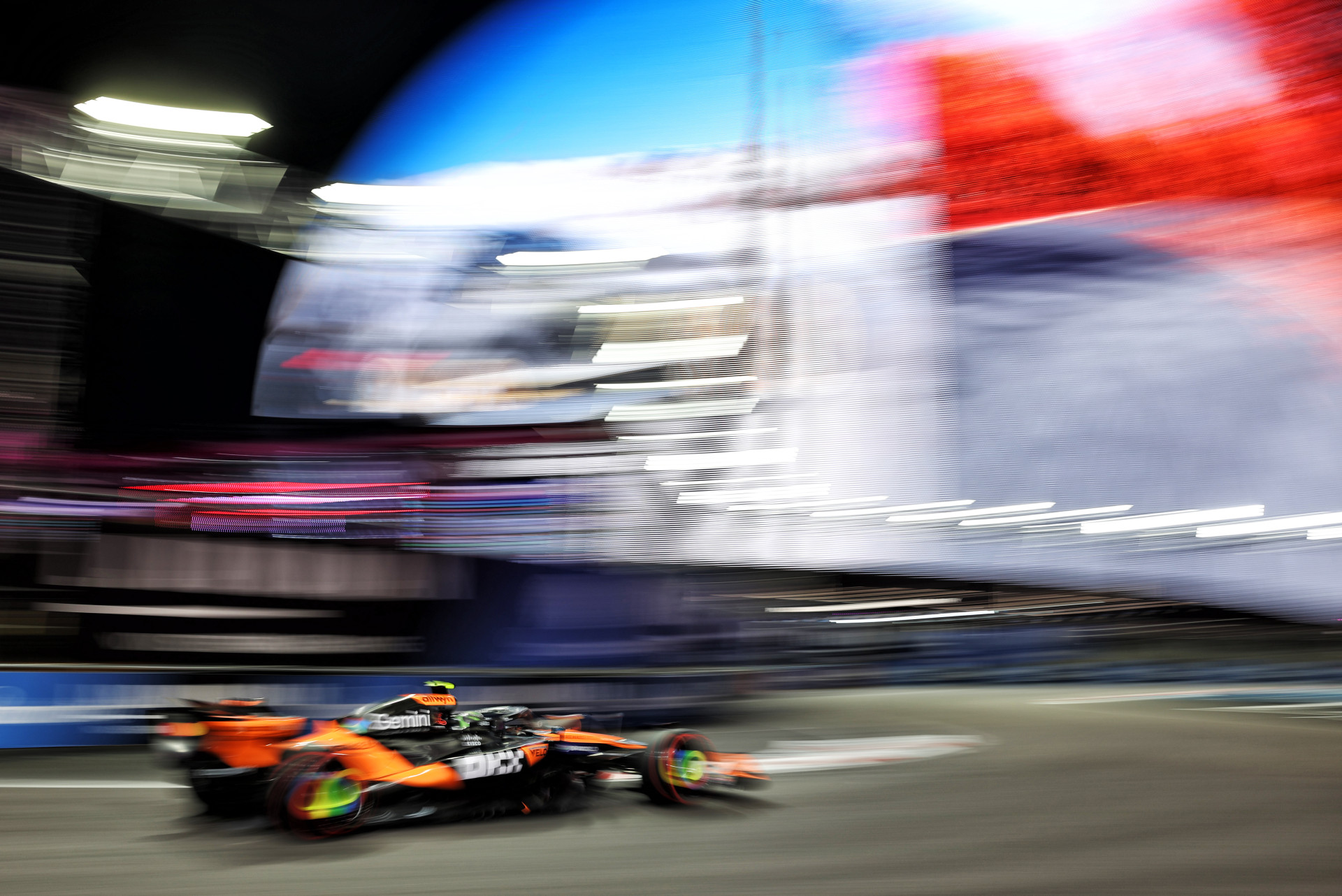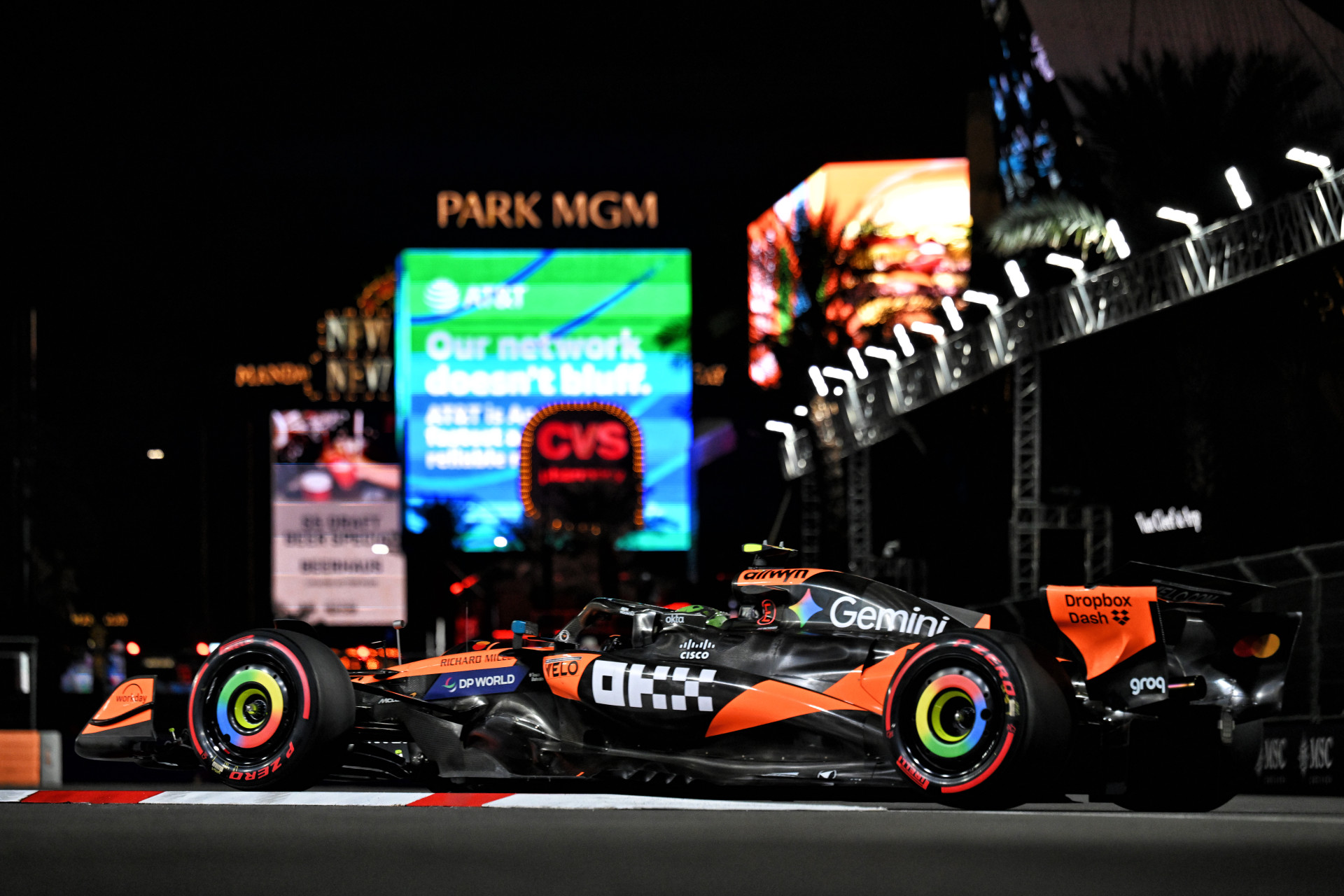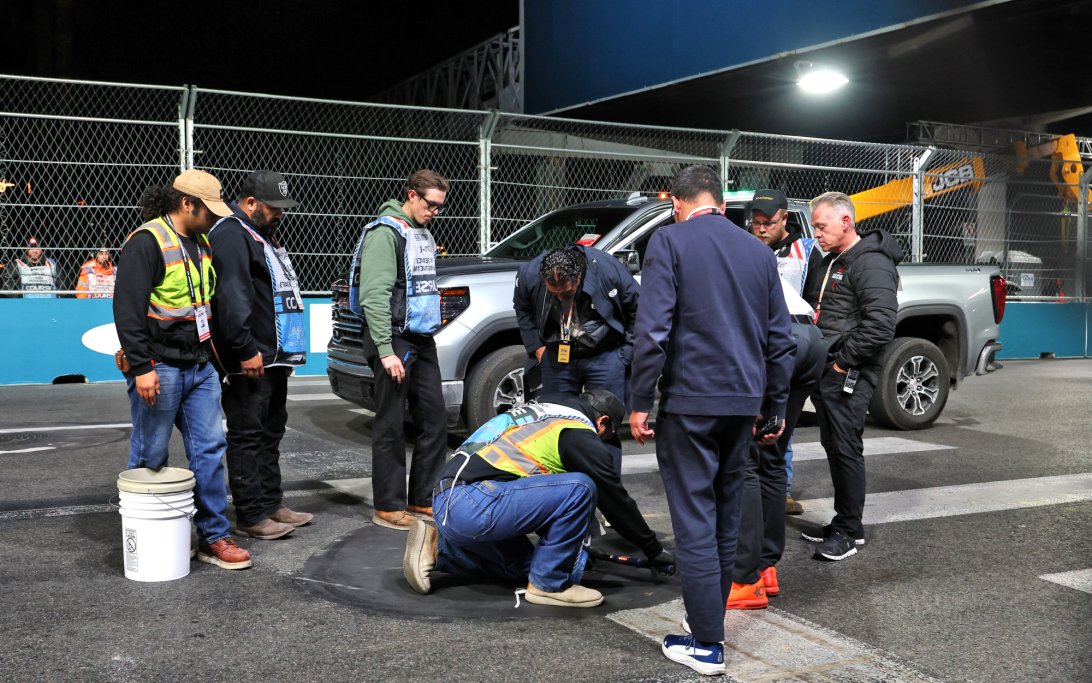
Las Vegas GP Practice Session Marred by Track Safety Concerns and Red Flags
The second practice session for the Las Vegas Grand Prix was cut short by two red flags, leaving drivers frustrated and the competitive picture unclear ahead of the weekend. Lando Norris topped the timesheets, but a loose manhole cover caused significant delays and ultimately led to the session's premature end, raising questions about track safety.
Why it matters:
This incident in Las Vegas highlights critical safety concerns that can disrupt Formula 1 sessions, directly impacting team preparations and driver confidence. For a new, high-profile street circuit like Las Vegas, such issues are particularly damaging to its reputation and could influence future event planning and track design scrutiny. The inability for teams to complete crucial soft-tire runs means many drivers are heading into qualifying with incomplete data, potentially leading to a more unpredictable and challenging race weekend.
The Details:
- Session Stoppages: Two red flags halted FP2. The first occurred during peak soft-tire runs, causing a 16-minute delay due to a loose manhole cover at Turn 17. The second red flag, leading to the session's abandonment, was issued moments after the restart when the same manhole cover was observed moving as cars passed over it.
- Driver Impact: Several top drivers, including Oscar Piastri, were unable to complete a flying lap on the soft compound tires, severely compromising their data collection for qualifying and race simulations. Charles Leclerc also reported a gearbox failure just as the session restarted.
- Top Performers (Partial Data): McLaren's Lando Norris finished fastest with a 1:33.602s, narrowly ahead of Mercedes' Kimi Antonelli (+0.029s) and Ferrari's Charles Leclerc (+0.161s). However, the fragmented nature of the session means these times don't fully reflect true competitive potential.
- Track Conditions: A light shower before FP2, combined with track temperatures of 16.8°C and air temperatures of 14.1°C, led to high track evolution. Early in the session, Max Verstappen initially led on medium tires before being quickly surpassed by numerous drivers, with George Russell and Lando Norris setting competitive laps.
- FIA Response: Race control initially paused the session as a precaution, then deemed the track safe after an inspection. However, marshals on-site observed the manhole cover still moving upon resumption, prompting the final red flag and the session's termination for further inspections.
The Big Picture:
Street circuits always present unique challenges, but structural track integrity, especially regarding drain covers and other fixed elements, is paramount for F1 safety. This incident harks back to previous F1 events where similar issues have occurred, underscoring the need for rigorous pre-event inspections and robust track construction standards, particularly at high-speed venues. The mix of tire compounds among the top 10, due to the red flags, means the true pecking order remains obscured, setting up a potentially chaotic qualifying session.
What's Next:
Further inspections are underway by the FIA to ensure the track is safe for the remainder of the Las Vegas Grand Prix weekend. Teams will have to rely more heavily on limited data and simulator work to prepare for qualifying, which could lead to unexpected results. The incident will likely spark discussions about track construction and safety protocols for street circuits, with an eye towards preventing similar disruptions in the future.
Original Article :https://racingnews365.com/las-vegas-track-safety-issues-spark-bitter-f1-frustrat...


